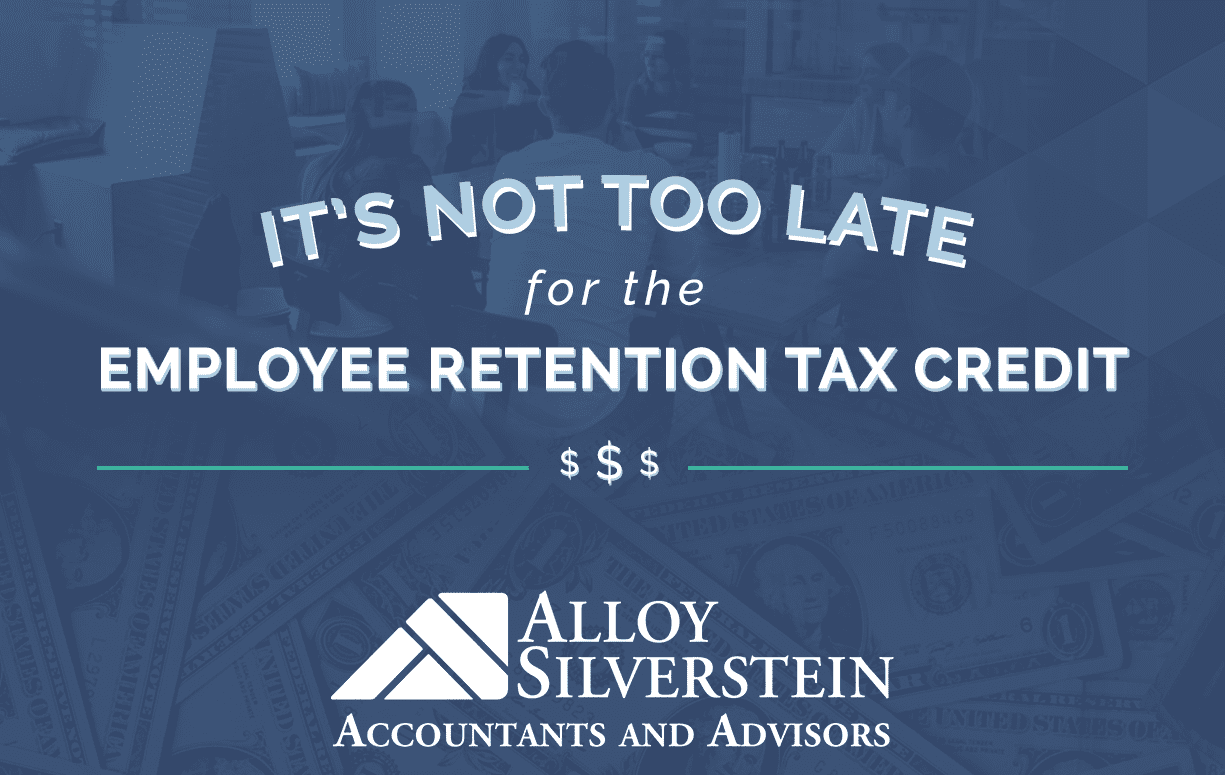

2022 is about to come to a close, and many may think that also means the end of the Employee Retention Credit (ERC). However, while the credit may have sunset, past years’ returns can be amended to help you retroactively take advantage of this strategic tax credit. If you have not yet claimed the ERC, you could be leaving tens or hundreds of thousands of dollars on the table.
Don’t assume your business is ineligible until you speak with a knowledgeable CPA.


The Employee Retention Tax Credit is still available for many small businesses who assumed they were ineligible. Read our myths about the ERC in the above graphic.
Introduced in The CARES Act of 2020 as a form of pandemic relief aid for employers, The Employee Retention Tax Credit often took a backseat to other available relief funds such as disaster loans and the Paycheck Protection Program. However, updates to the ERC since it’s initial release have made more small businesses qualified to take advantage of the credit. While the last eligible quarter was at the end of 2021, businesses who meet the criteria can claim up to $26,000 per employee in refunds by amending payroll tax returns from 2020 and 2021.
For more details on eligibility and the complex calculations, view our ERC webinar recording. and reach out to an Alloy Silverstein advisor for computation questions and concerns.
Your CPA firm or payroll provider should be proactively educating you about your eligibility. There have been boutique providers and third-parties aggressively trying to solicit businesses to apply and file for the ERC, often with a steep fee. To combat these solicitors and fraudulent claims, the IRS is keeping a close eye on ERC filings and can impose anywhere from 20% to 75% penalty for inaccurate calculations or if they deem the claim to be a civil or criminal fraud attempt. Make sure you turn to a trusted and qualified professional.
It is also strongly recommended to be diligent with your paperwork and documentation related to the ERC. The IRS suggests to retain all records of ERC and employment tax for at least five years.
The Employee Retention Credit can be complex and misconceptions about it have prevented business owners from claiming it. A 15-minute discussion with a CPA can determine your eligibility and help you get back thousands of dollars per employee. Email us at solutions[at]alloysilverstein.com for more details.
Empowering business owners and individuals in South Jersey and Philadelphia to feel confident through proactive accounting and advisory solutions.